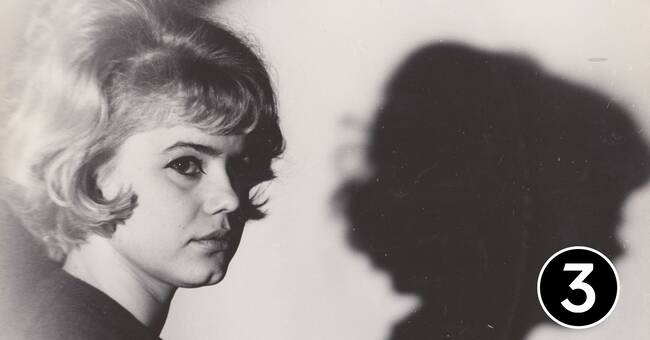Lena begins with
a collage set to music with improvisational jazz. This is very fitting, because the documentary about Lena Nyman paints a picture of a woman who fully mastered the craft of acting, so much so that she could improvise, create art based on herself. Vilgot Sjöman's film suite I'm Curious is an example. Films of that kind are no longer made.
By that I do not mean films with unadorned erotic elements but artistic films where director and actor work from a loose or no script, where role and private person flow into each other and sometimes become one and the same.
But when one
film is personal and experimental, the criticism becomes extra harsh. The young 20-year-old's acting and artistry was ignored and instead (especially two reviewers) the focus was on her "ugly" and "unintellectual" (!) Body. Her "soulless ass" was especially disapproved of. It is impossible not to let the thought wander to Metoo. On the one hand there was artistic freedom, on the other hand gross sexism. Metoo in the cultural world in 1968 seems to have been a lonely struggle for Lena Nyman, as her diary entries also testify.
Director Isabel
Andersson has a unique insight into these, she was the one who edited Diaries and letters in selection 1962–1974, which was published in the autumn of 2020. The book was a concentrate of the 17 bags of written material that the actress left behind. Even there, the idea must have been to make art of one's own life?
Andersson's film portrays a wayward woman who is as fluttery in her love life as she is disciplined in her work. Her repertoire was wide - drama, stage, revue, children's film - and she worked with the greatest of her time, such as Ingmar Bergman, Bo Widerberg and Hasse & Tage. She must have been Sweden's most versatile actress.
But something
is missing. Lena Nyman's filmmaking is complete, her independence and train as well. Still, I can not grasp who she actually was in depth. That the actress Alva Bratt both gives voice to Lena Nyman and appears in replica-free scenes, but seemingly without purpose (mostly sitting and staring at a diary) further distances. Not until perhaps at the end, in the short clips with the beloved dog Kaxe and in the last letters to love Janne, anything is hinted at. A nerve, a feeling of both longing for and displacing love and loneliness. Then it suddenly feels so incredibly sad that she is gone.

